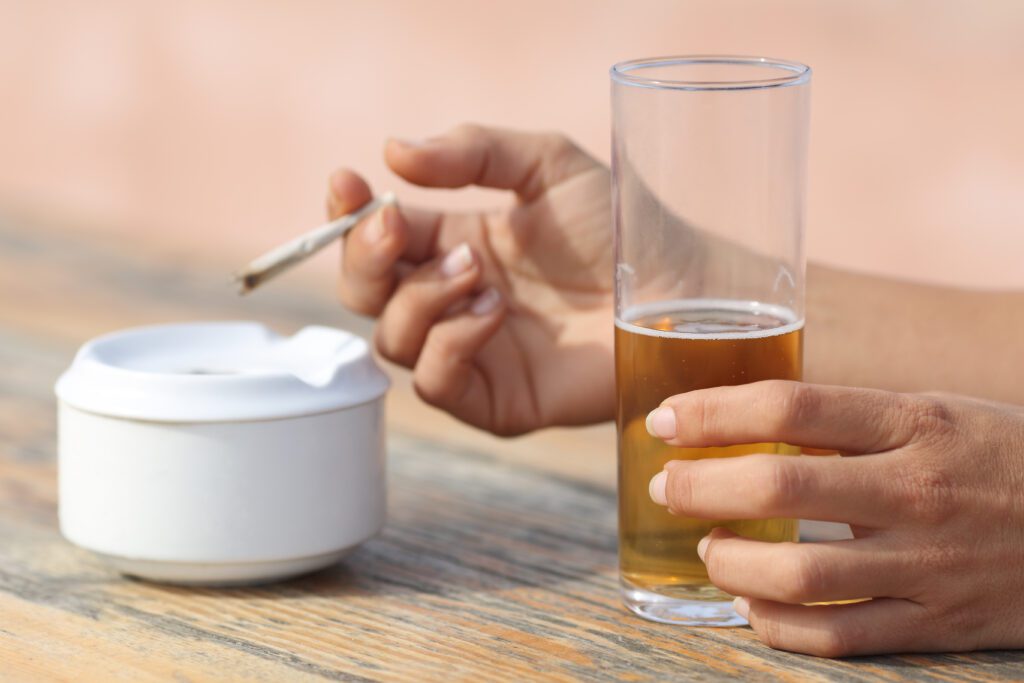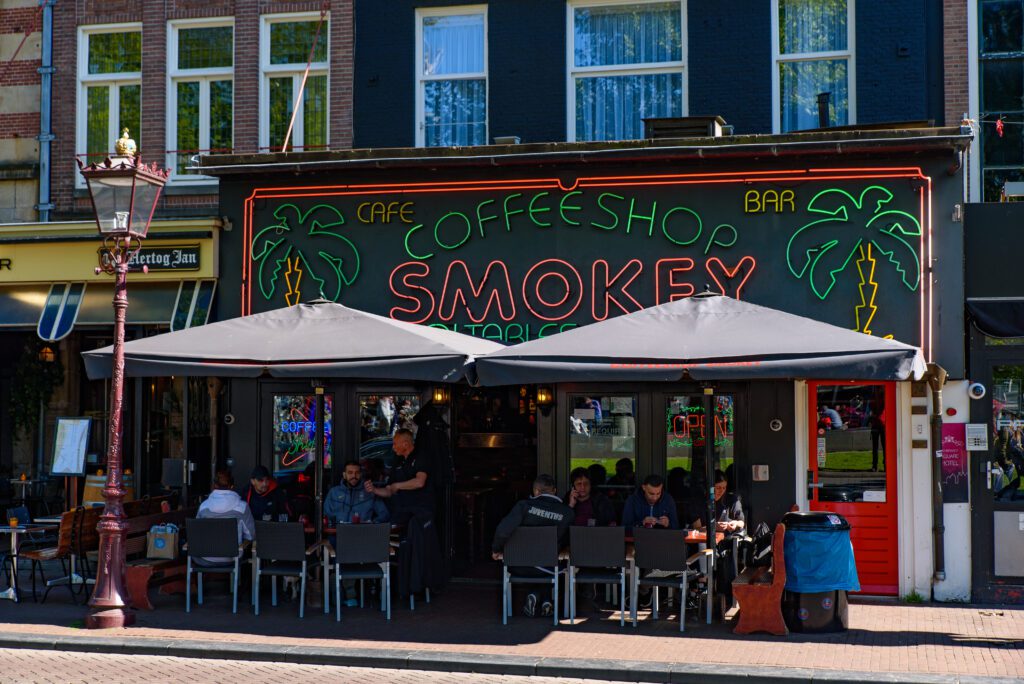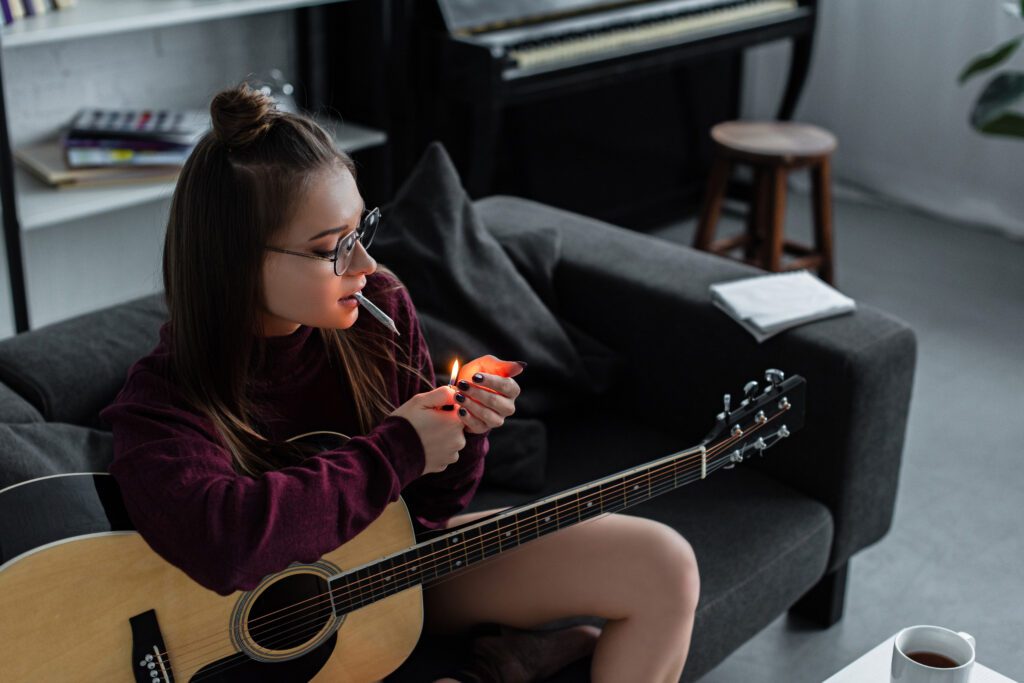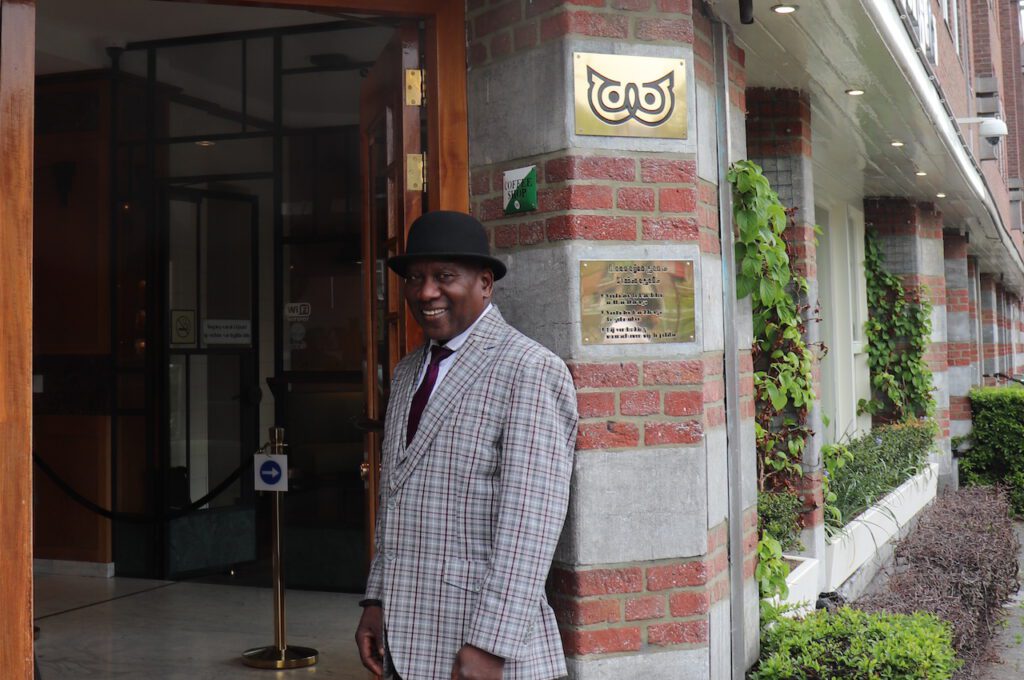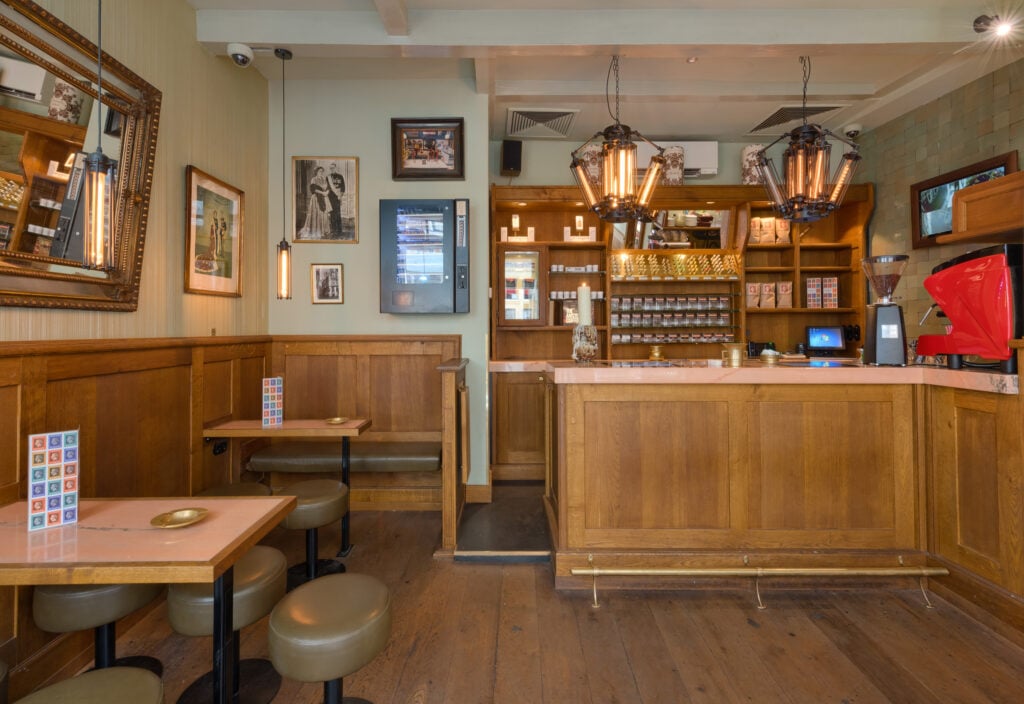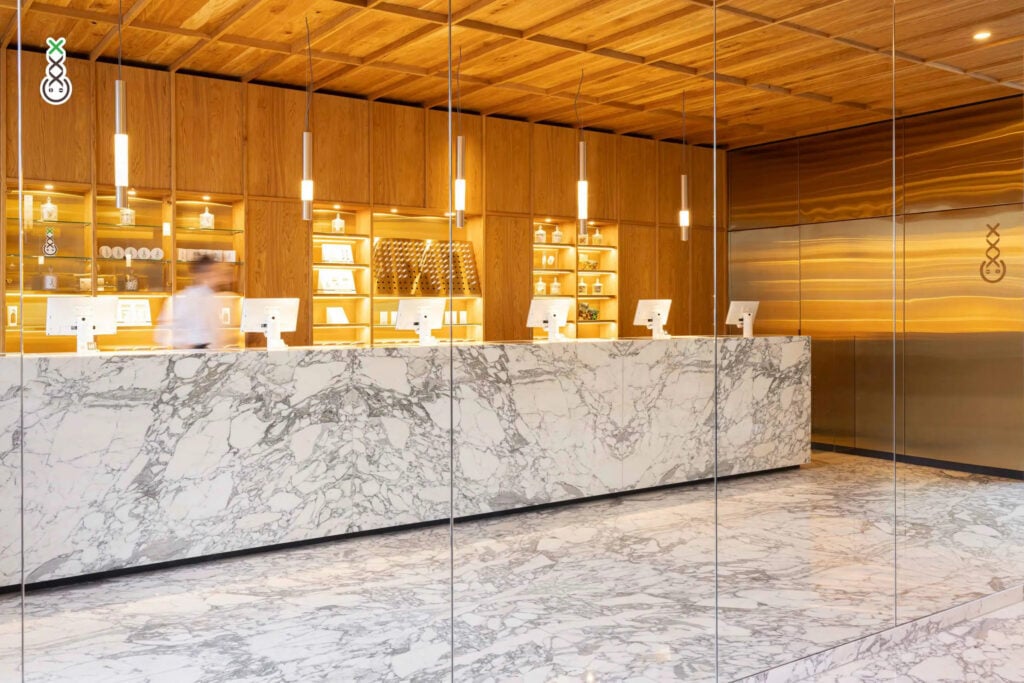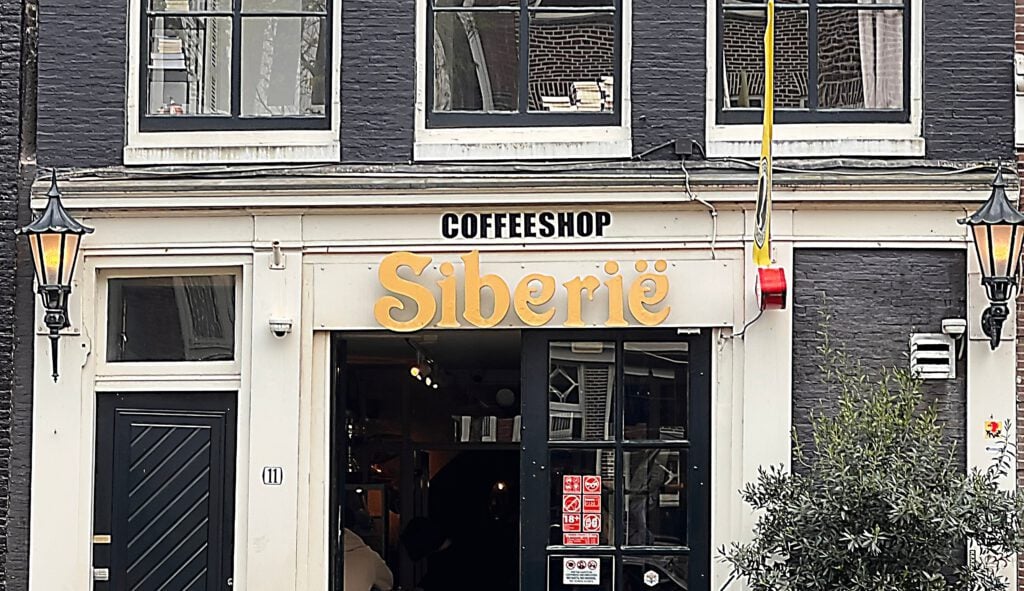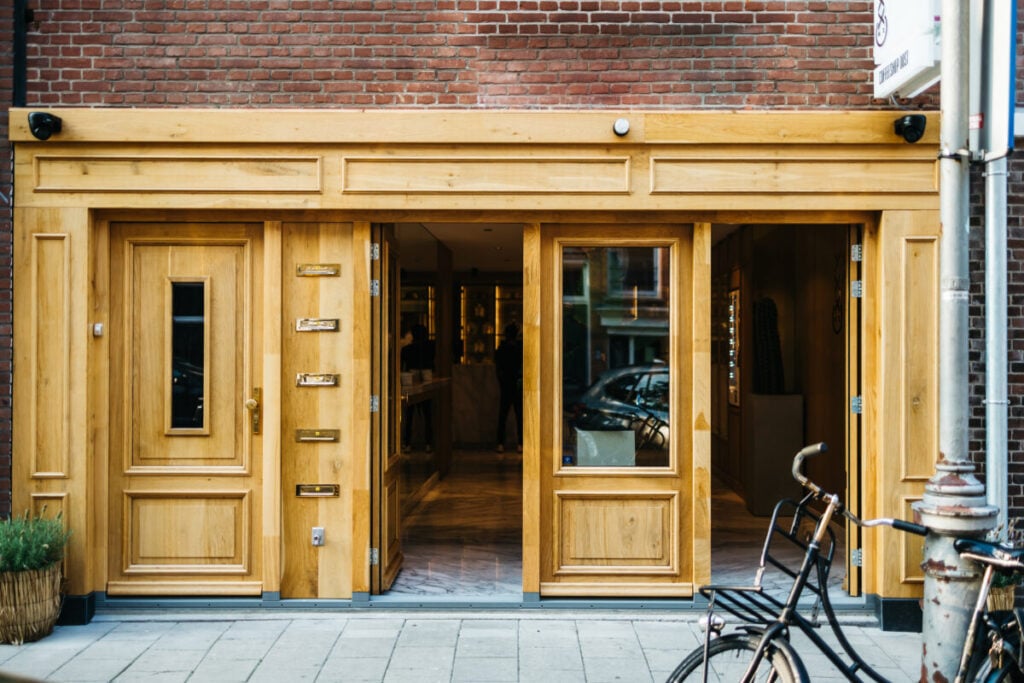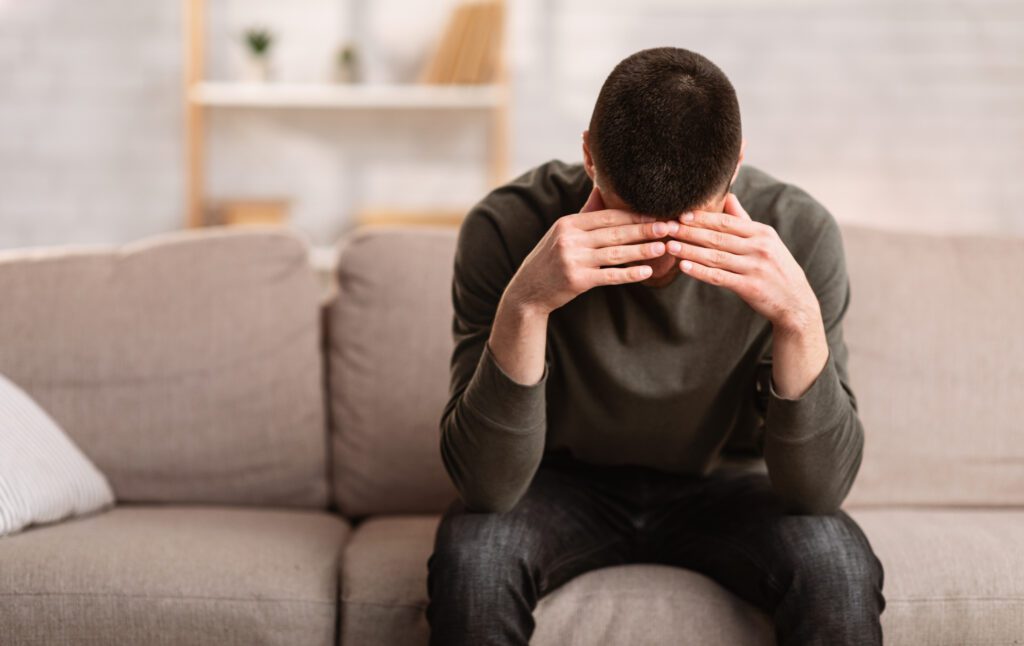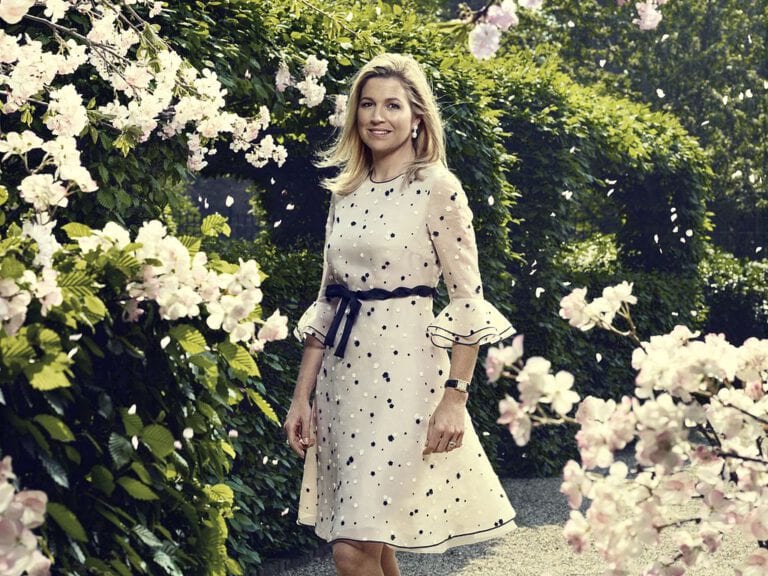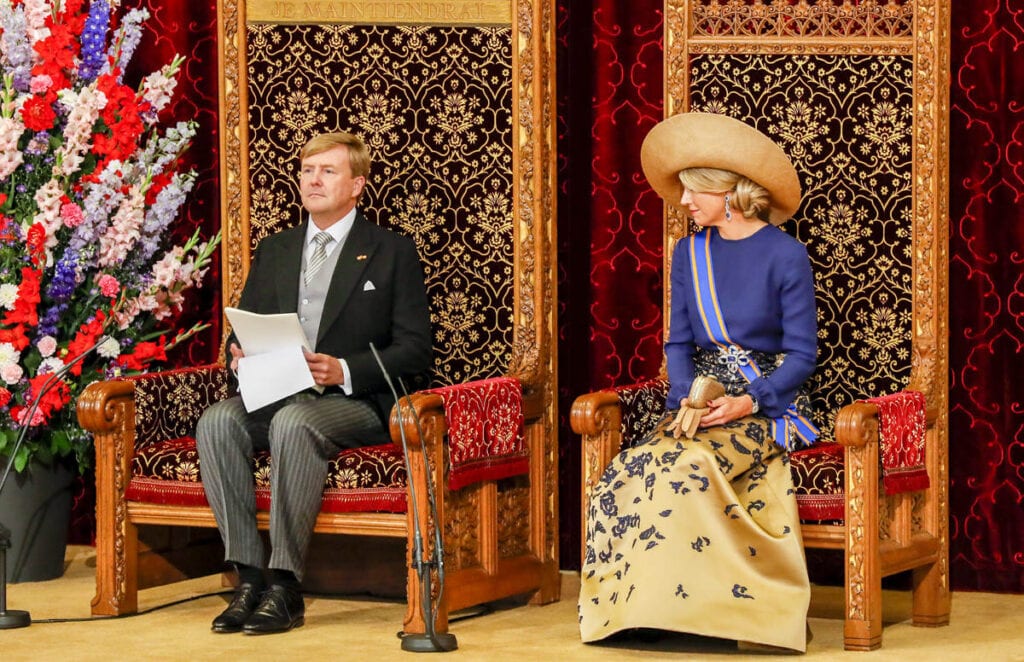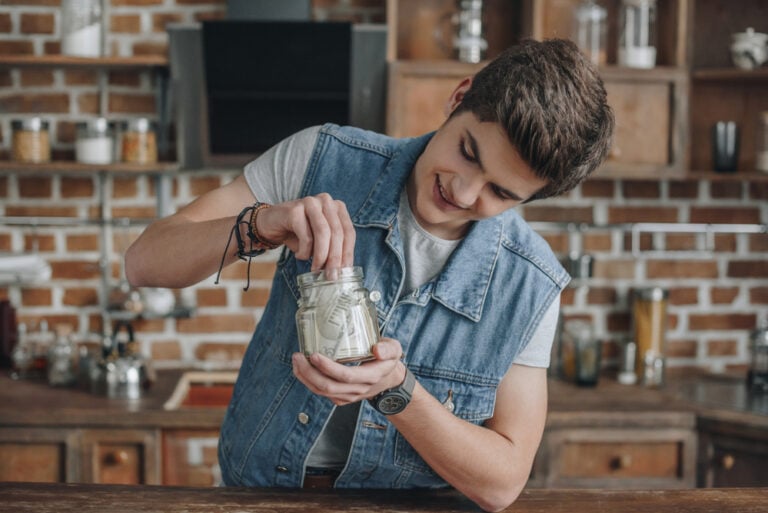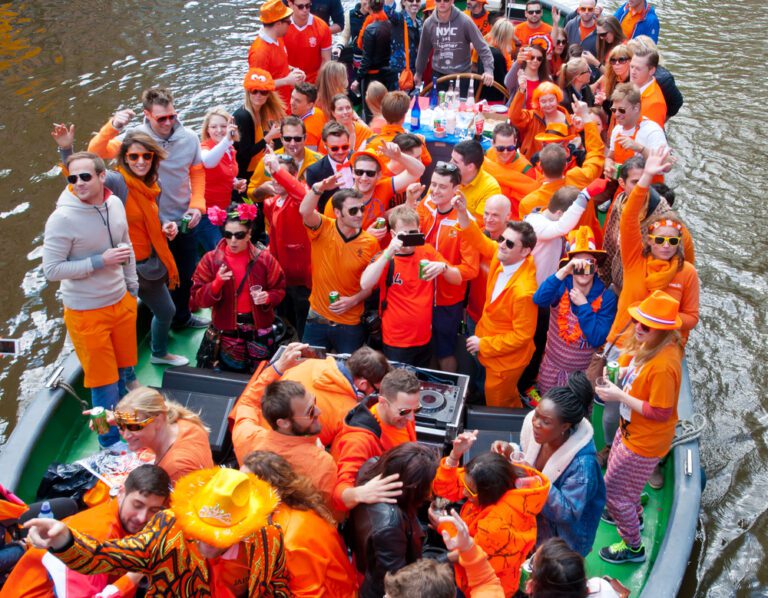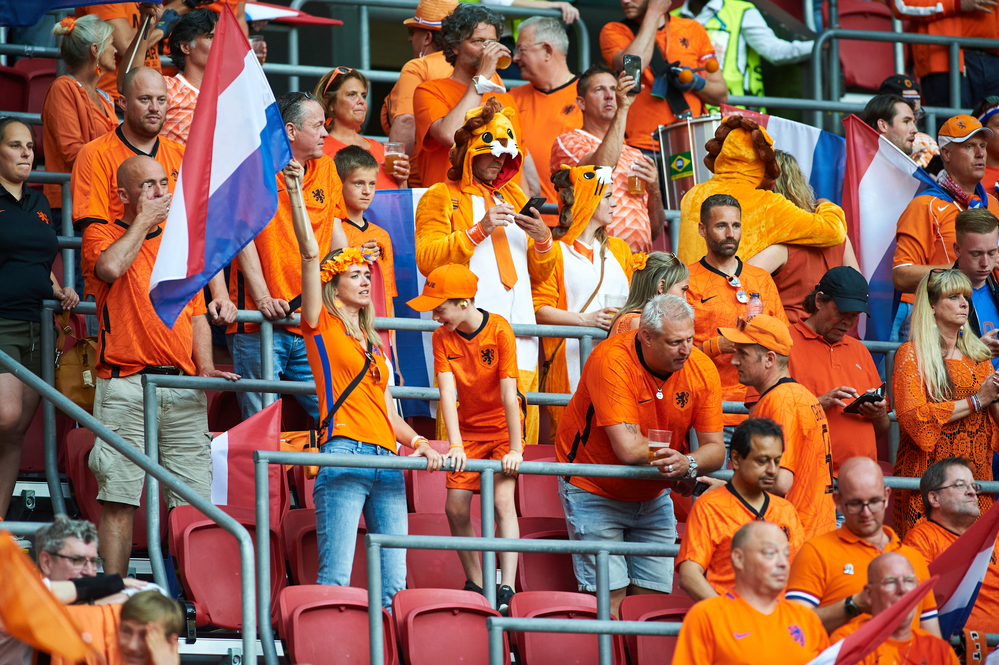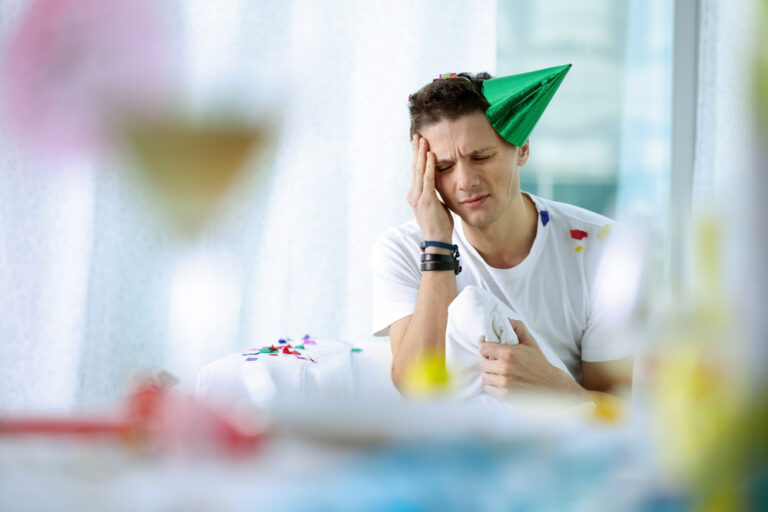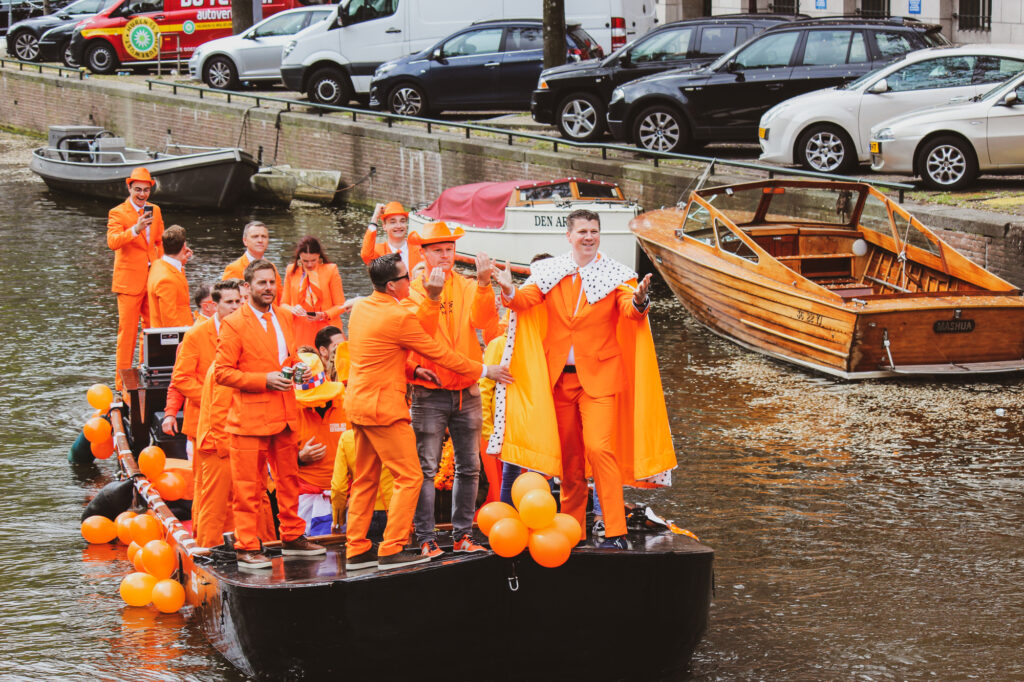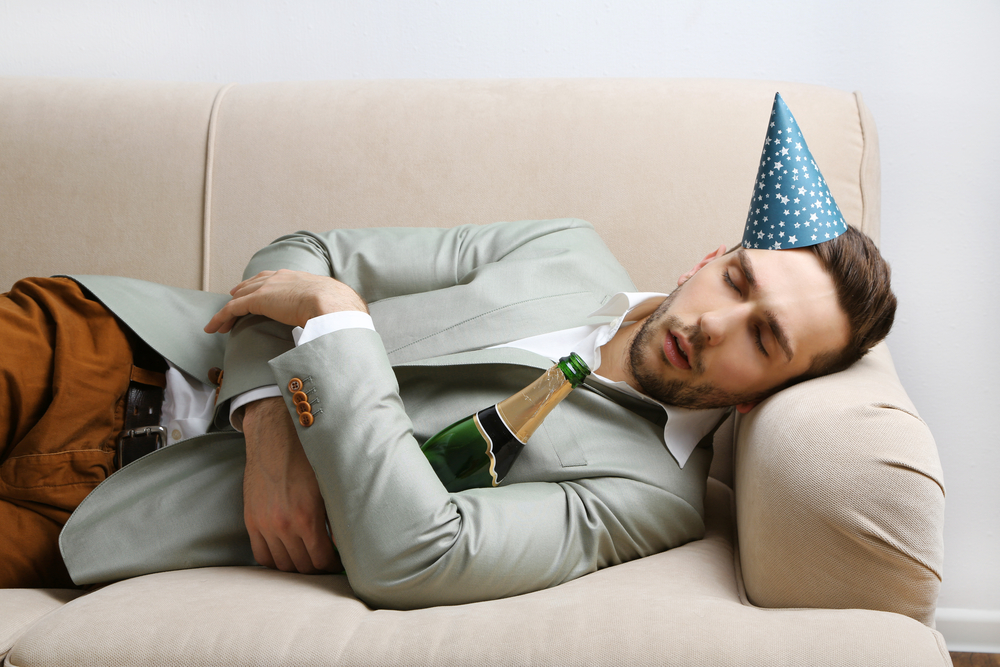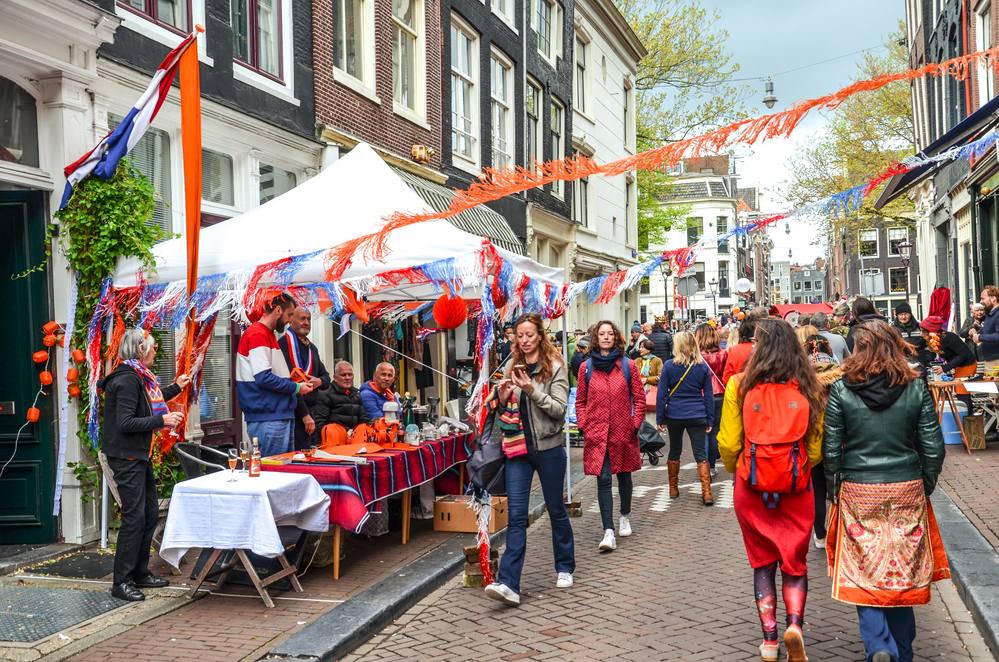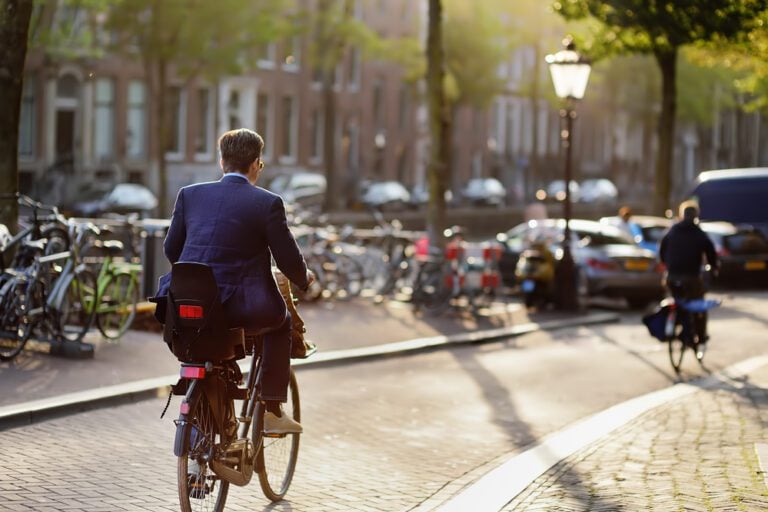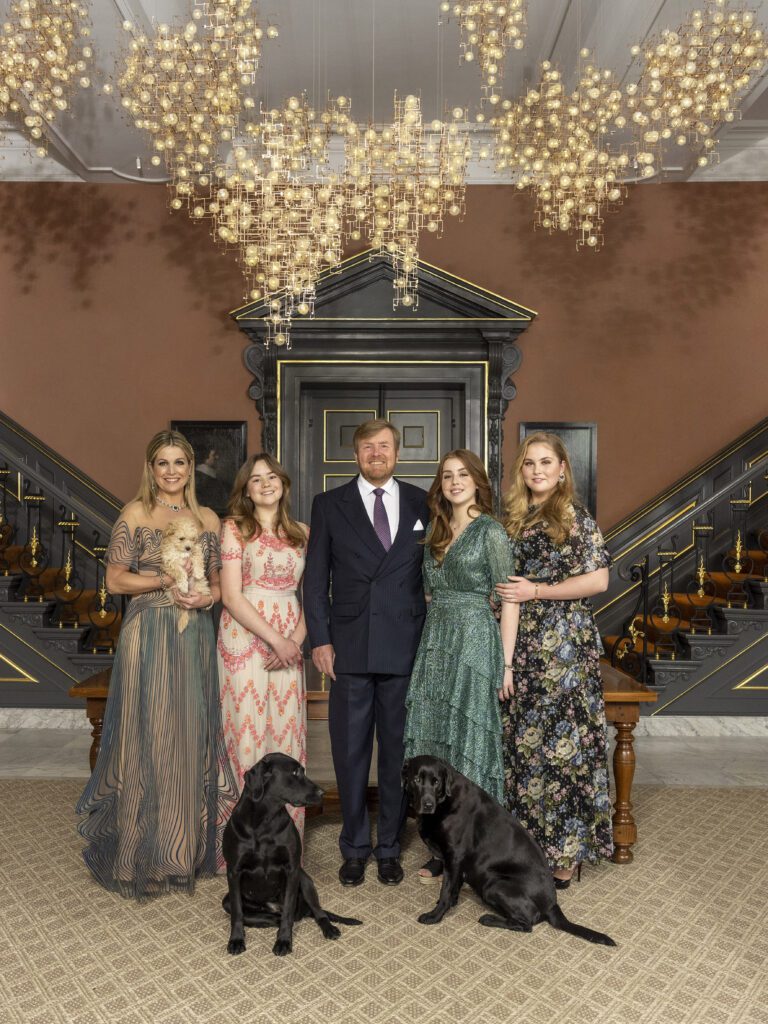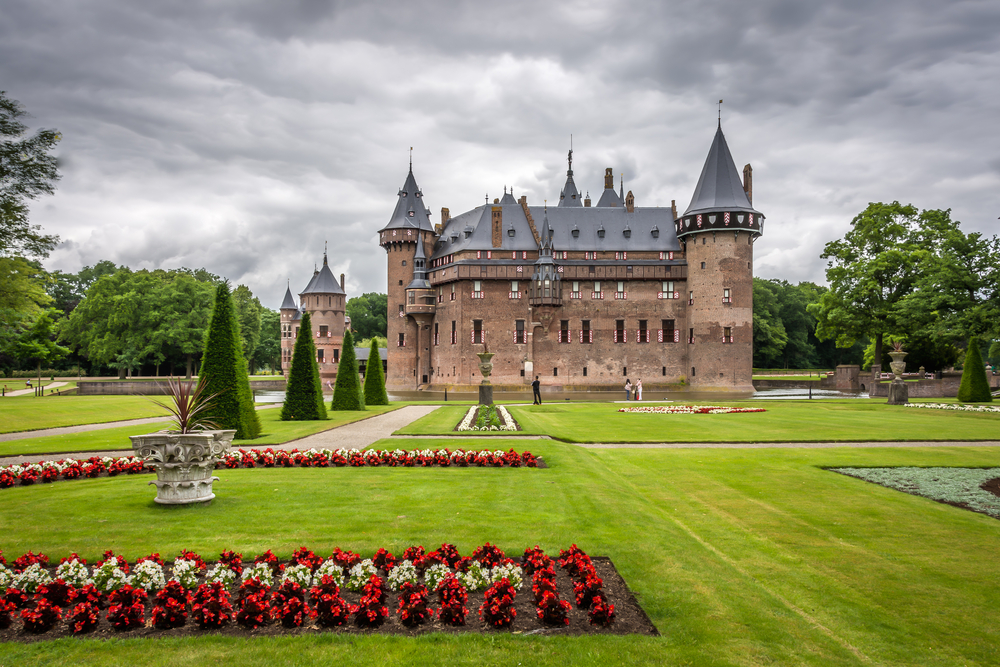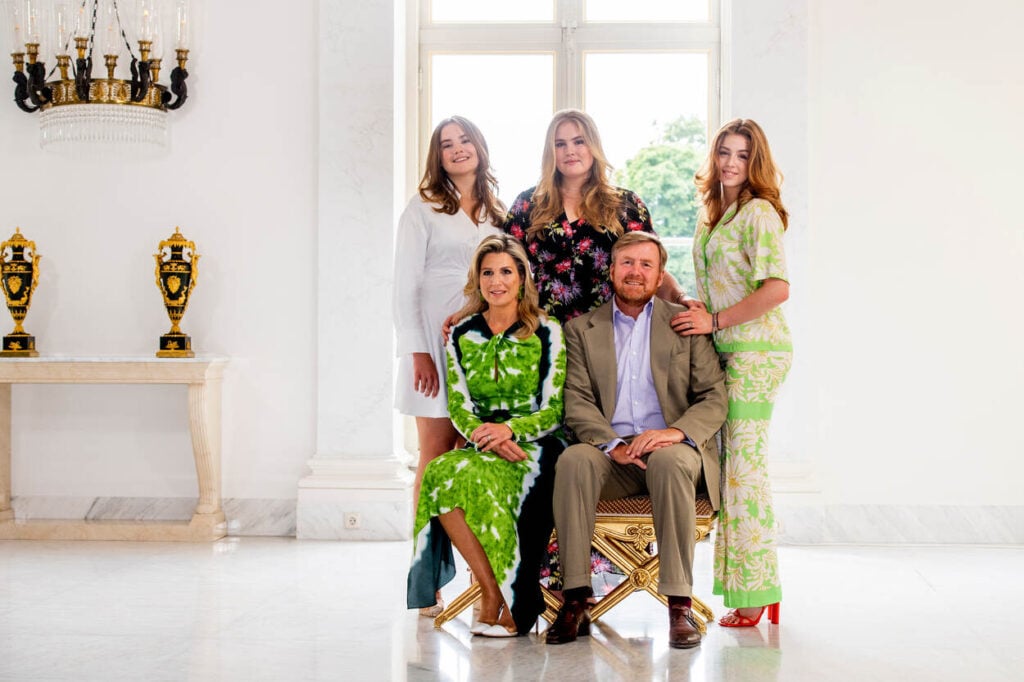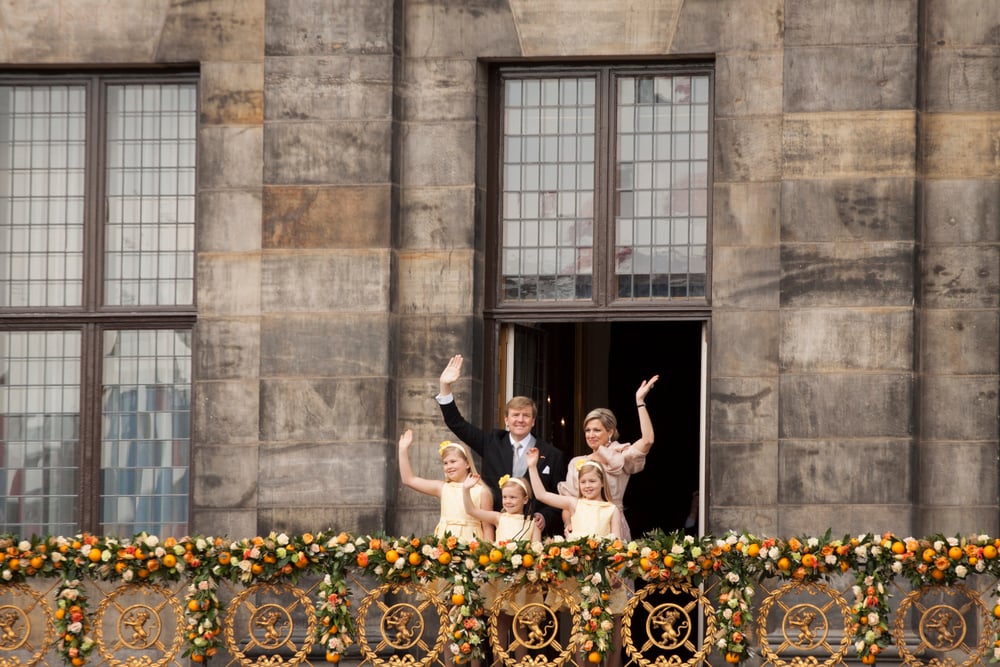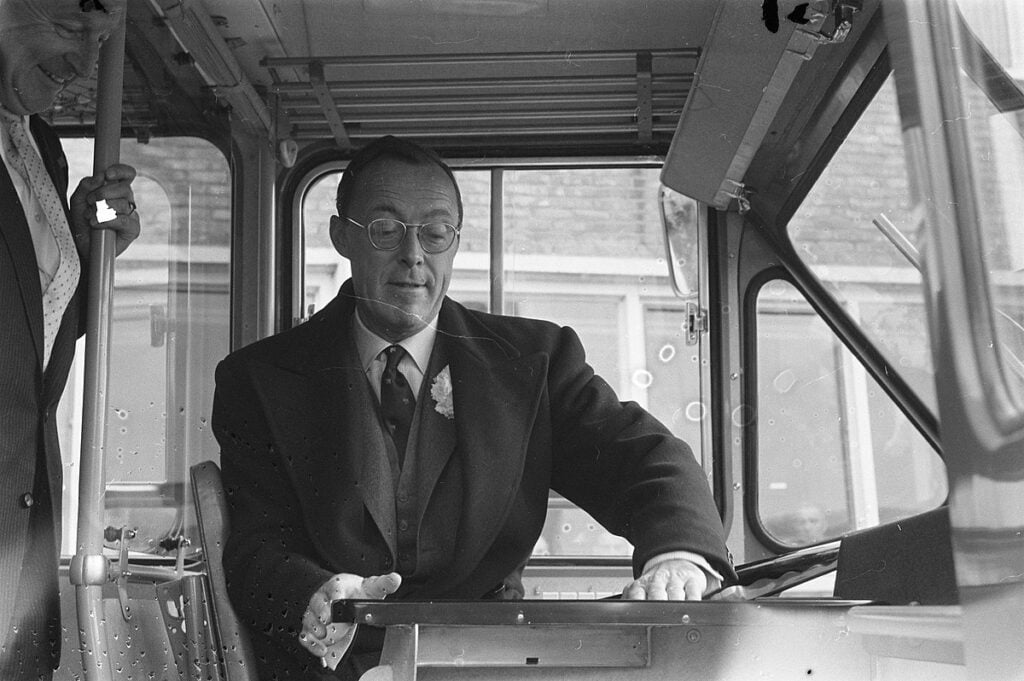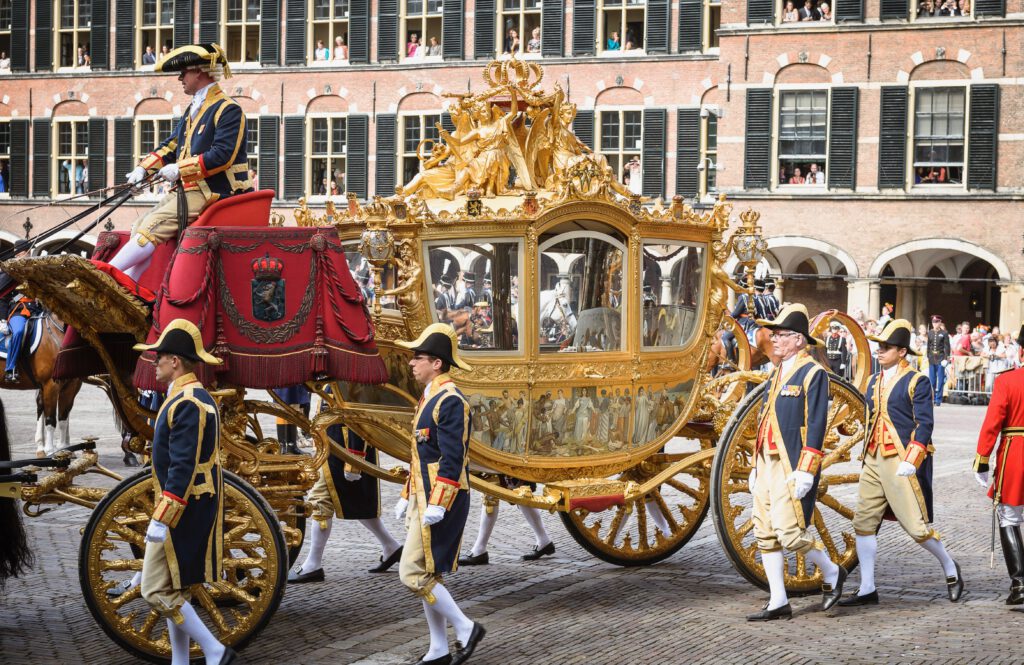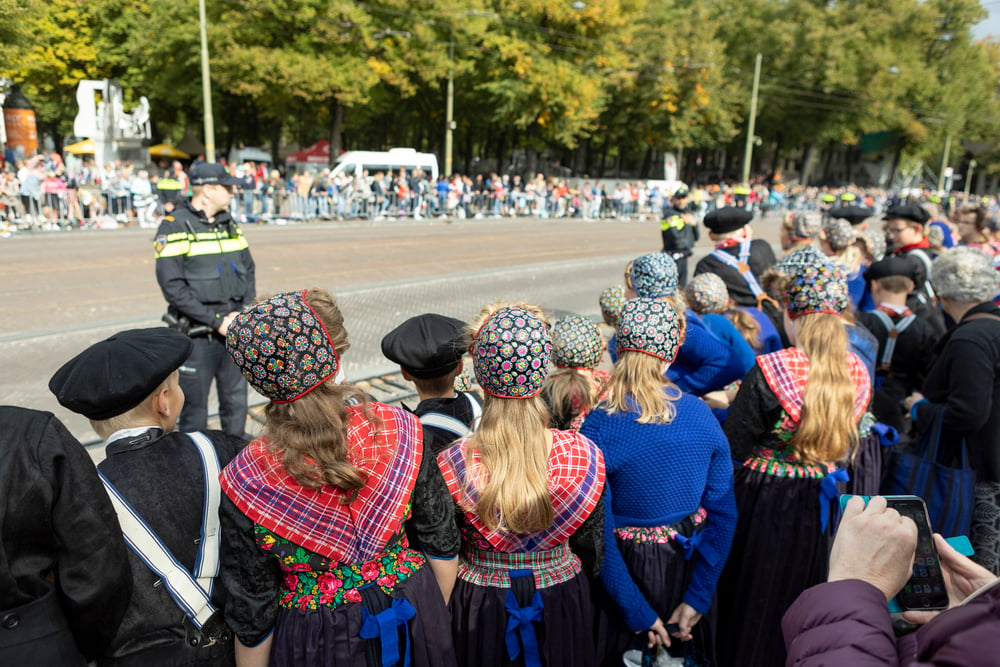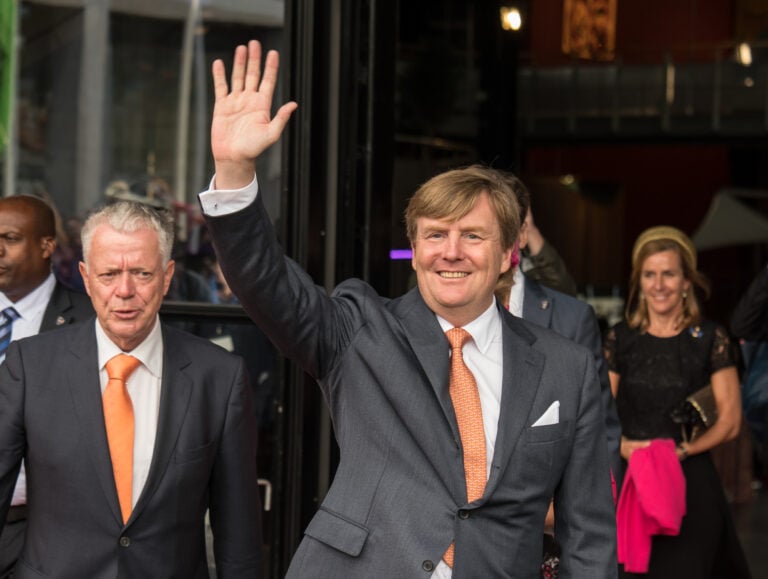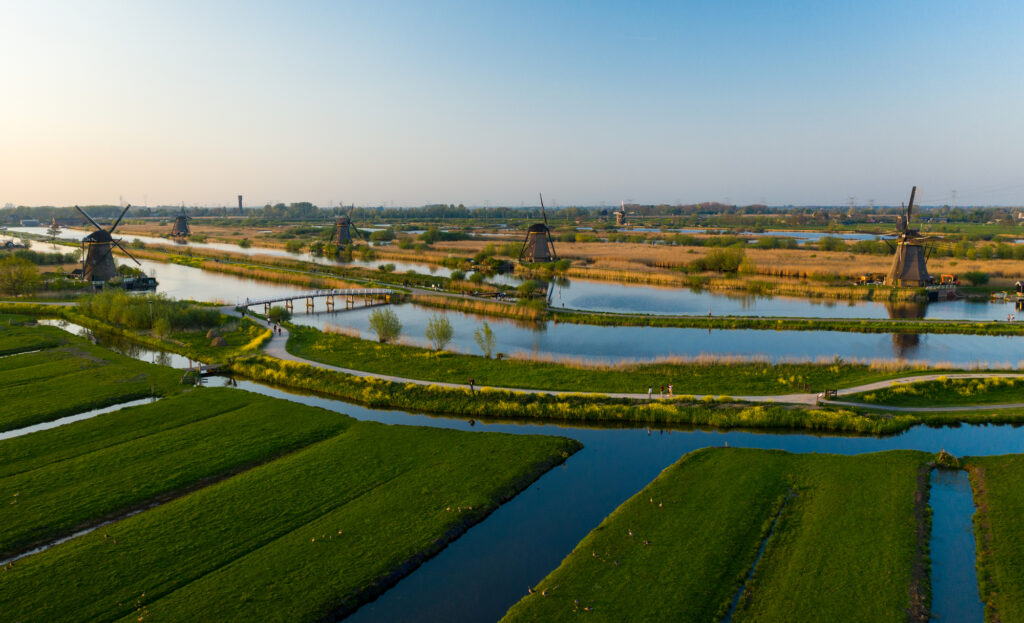When moving to the Netherlands, there’s a bunch of things you should most definitely do — like eat a stroopwafel, see a windmill, or ride a bike. However, there are also quite a few things on the “no way” list.
The good thing is that the Dutch are quite direct, which makes it easy to know when you’ve misstepped — no need to think of ulterior motives or extrapolate detailed scenarios in your head. If they say it, they mean it, and if they mean it, they say it. 😉
But there are certain things which tick these tall people off and should be avoided at all costs…unless you want a piece of Dutch boosheid (anger).
1. Forget flaunting (forever)
The Dutch are simple and modest people. Exorbitant displays of anything from wealth and status to business and education are frowned upon.
This links to their emphasis on conformity rather than standing out (and slightly explains why most houses look the same).
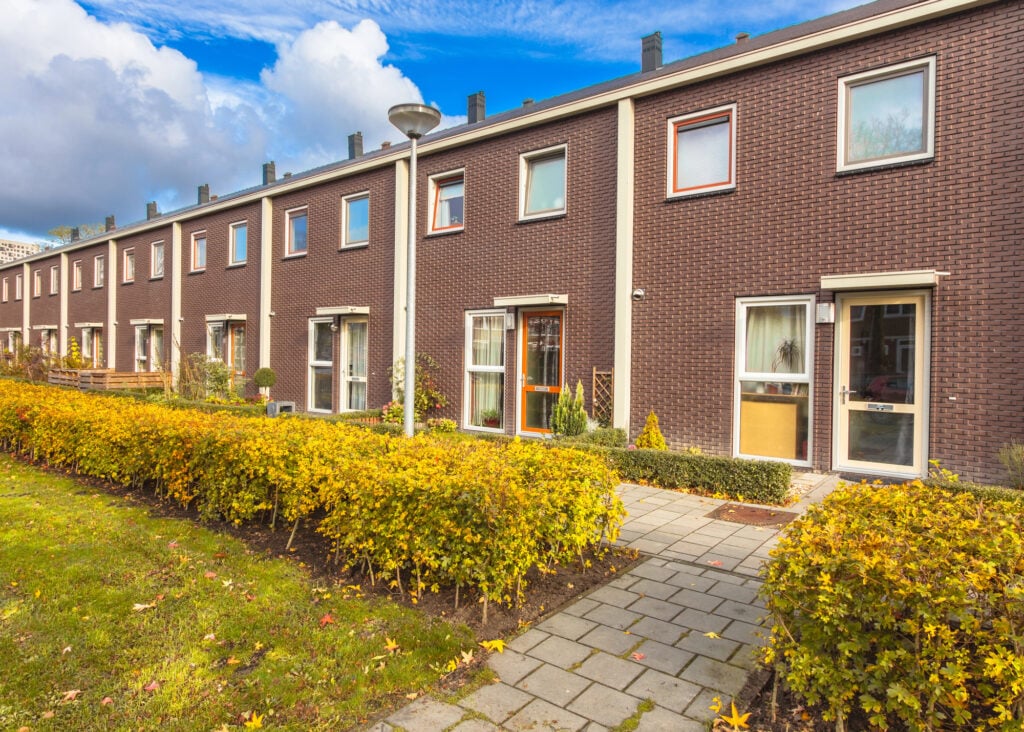
Don’t get me wrong, they are happy that you accomplished whatever you did or made loads of money, but they just don’t understand the need to brag about it. ‘Work hard but stay humble’ seems to be the Dutch mantra.
READ MORE | Calvinism in the Netherlands: why are the Dutch so Calvinist in nature?
2. Do not confuse the Dutch with the Danes (or the Germans)
The Dutch and Germans (Deutsche) are confused with each other a lot. What is not so popular (but happens fairly often nonetheless) is the mix-up between Dutch and Danes.
READ MORE | Dutch quirk #61: Joke openly about Germans
The Dutch come from the Kingdom of the Netherlands and speak a language called Dutch. The Danes come from the Kingdom of Denmark and speak a language called Danish.

On some levels, the confusion is understandable. After all, both the Dutch and the Danes come from tiny countries with tall, blonde people and long seafaring histories.
Dutch are known for their windmills and Danes for their wind turbines. Both countries are also known for their love of cycling, eating potato-based dishes, and cheering for their monarchs on TV.
However, this does not give you a reason to muddle up nationalities — especially if you want to be friends with the Dutch.
3. You are not special (no matter what your mom says)
Don’t expect any superior treatment just because of who you are. The Netherlands is an egalitarian society where respect and status are earned and not demanded.
Every person is equal and should be treated accordingly. Ultimately, they don’t care if you are the Prime Minister of X; if you’re a jerk, then you’ll be treated like one. 🤷♂️
The reverse is also true. If you’re a good person, they’ll surely let you know!
4. Thou shall not steal bikes (…amen)
Everyone knows the Dutch and their love for cycling. Every love story has a villain, and so does this one — bike thieves.
This bitter truth has its roots in the final stages of WWII when the Germans stole Dutch bikes.
It was the end of the war, and Germans were retreating at full speed, using everything to get out of the Netherlands. They took the motorised vehicles first — trucks, cars, motorcycles, and tractors.

When there were no more, they stole every bicycle in the Netherlands and rode them back to Germany. The Dutch haven’t forgotten.
Whenever Dutch football teams play German teams, Dutch fans mock Germans with big-bold signs that say ‘Bring Back Our Bikes’. So, unless you want to be cursed 75 years on, you probably don’t want to steal a bike. (Also, it’s illegal.)
5. Sidewalks are for walking, and bike lanes are for bikes
Sounds simple enough, right? But it’s not. These red coloured lanes are red for a reason, to separate them from the grey lanes (aka roads) and the brown/green lanes (aka pavements).
READ MORE | 7 things that will get you fined while cycling in the Netherlands
It seems that this distinction is not too apparent to internationals. More often than not, someone unknowingly wanders into the bicycle lane and is met with an irritated Dutch cyclist (we’re guilty as well).

Don’t expect the cyclist to move; remember you’re in their way, not the other way around.
Trust me, you don’t want to be caught in such a situation, especially if you care about your safety (some of the cyclists go extremely fast).
6. Avoid discussions on Zwarte Piet (unless you want a long and emotional debate)
Traditionally, every year on the evening of December 5, Sinterklaas and his helper Zwarte Piet (Black Piet) visit Dutch children’s homes to bring them presents.
To celebrate this festival, hundreds of adults and children impersonate Zwarte Piet by blackening their faces, putting on black curly wigs, painting large red lips, and finishing up with large golden earrings.
Een amdere cultuur leren kennen, alleen Zwarte Piet moet weg. Een schande voor de Nederlandse cultuur. https://t.co/xErOIaoEuQ
— BackupMyHerb #nooitmeerVVD (@BackupHerb) April 3, 2023
Translation: Getting to know a different culture, only Zwarte Piet has to go. A disgrace to Dutch culture.
Some sections of Dutch society believe this to be highly racist, given the country’s colonial past, while others consider it a harmless but important tradition.
READ MORE | Zwarte Piet: the full guide to the Netherlands’ most controversial tradition
In some Dutch cities, the blackface element of Sint and Piet has been banned, and Facebook has moved to ban images of blackface recently as well.
This is a complex and emotionally charged debate that should definitely be discussed — but if you’re short on time, we’d steer clear.
7. Don’t mess with their agendas
Agenda starts with an ‘a’ for a reason. Being the organised bunch that they are, the Dutch have ‘appointments’ for everything, ranging from office meetings to movie nights with friends.
READ MORE | The Dutch agenda: plans to take over the world
Highly efficient Dutchies strictly and religiously stick to their agendas. They are synced and cross-referenced between partners and families so that every person is aware of others’ schedules.
My mom taught me that being late is stealing other's people time.
— Troy Sega (@TroySega) February 4, 2023
The most disrespectful thing you can do to somebody.
At least communicate in advance that you'll be late and apologize.
Might be my Dutch punctuality speaking here.
I once made the mistake of asking a colleague if he wanted to go for drinks. The error wasn’t in the invite, it was in the suddenness of the request. He agreed to let me know once a slot opened up in his calendar. I’m still waiting…
8. Expect antibiotics when you’re sick
Headache? Sleepless nights? Broken limb? Don’t expect anything more than a few paracetamol from your local huisarts.
The Dutch have an infamous reluctance to prescribing antibiotics, out of reasonable fears about mass resistance.
So, don’t head to your local doctor with hopes for a week-long course of the pills. You won’t have much luck!
Whenever a conversation about “essential items for moving to the Netherlands” comes up, you might hear antibiotics mentioned on the list. But avoid this too (it’s illegal).
9. Never arrive unannounced (no surprises)
Spontaneity and the Dutch don’t go hand-in-hand. They plan days, weeks, or even months ahead. Accordingly, there is little space for impulsiveness.
Want to go meet your Dutch friend? Make sure to give a heads-up by calling and asking if you can visit (thereby giving the other person the chance to politely inform you that it will not be convenient).
Oh, and if you do show up unannounced, don’t be surprised when they kick you out before dinner.

Dutchies will always count on you to make an appointment, no matter how insignificant or small the visit is. Their idea of a nice surprise is one that doesn’t hinder their daily, weekly, or monthly agendas.
10. Don’t be late (time, tide and a Dutchie wait for none)
If there is one thing that annoys the Dutch, it’s waiting. This is intricately linked to their efficiency (did we mention they love an agenda?); the fact that they treat their schedules as holy naturally implies that they value time highly.
If you’ve agreed to a meeting or gathering at 9:00 AM, then that means 9:00 AM. Nothing more, nothing less (although, if you’re early, you get brownie points).

READ MORE | The Dutch and time: how the Dutch language shows they are planning maniacs
You’re going to be late? Best to let them know. Don’t be too surprised if you get some stern words about your tardiness (Dutch directness, remember?).
Punctuality is not something you strive for; it’s a way of life.
11. Using rain as an excuse? Think again
Rain, rain, go away… except it won’t. With an average precipitation rate of 100 minutes per day, the Netherlands can be a pretty wet country to live in.
The Dutch agree. Ever feel left out? Start a conversation about the weather, and in no time, you’ll be surrounded by Dutchies!
READ MORE | Dutch Quirk #117: Constantly check Buienradar
However, this also means you can’t use rain as an excuse or deterrent for anything. Have an appointment with a Dutchie, and it’s pouring cats and dogs? Sorry, the weather doesn’t count.
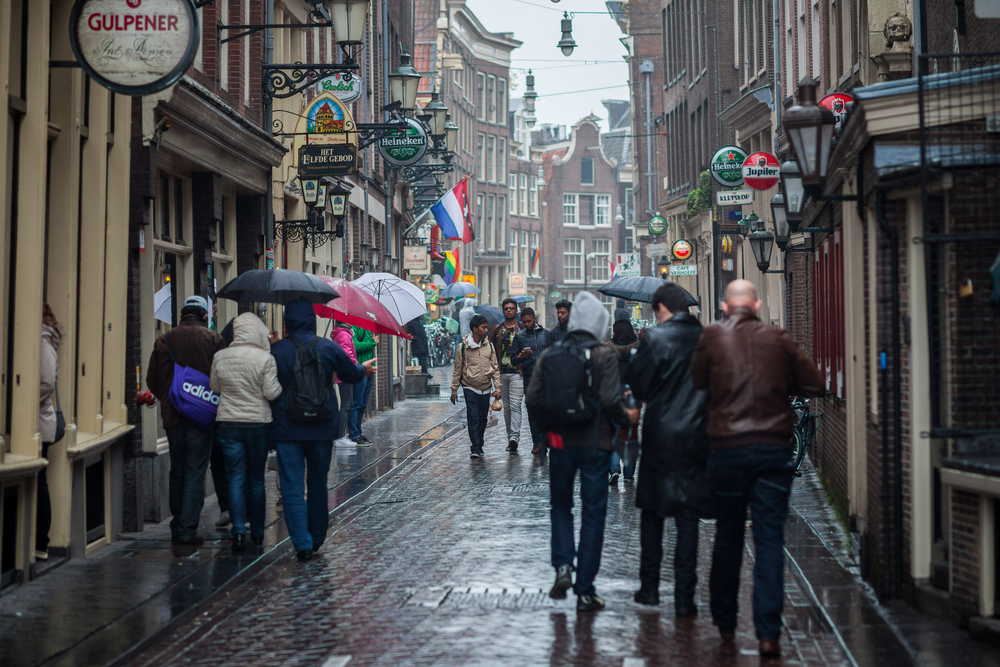
My Dutch colleagues once asked me to come out for a walk with them. “It’s raining”, I pointed out. I was awarded a genuinely innocent and puzzled, “So what?”
There you have it! While you’re in the Netherlands, it’s best to think twice before doing these 11 things unless you’re ready for some good ol’ Dutch beef. 😤
Do you know any other “dont’s” in the Netherlands? Tell us in the comments below!




